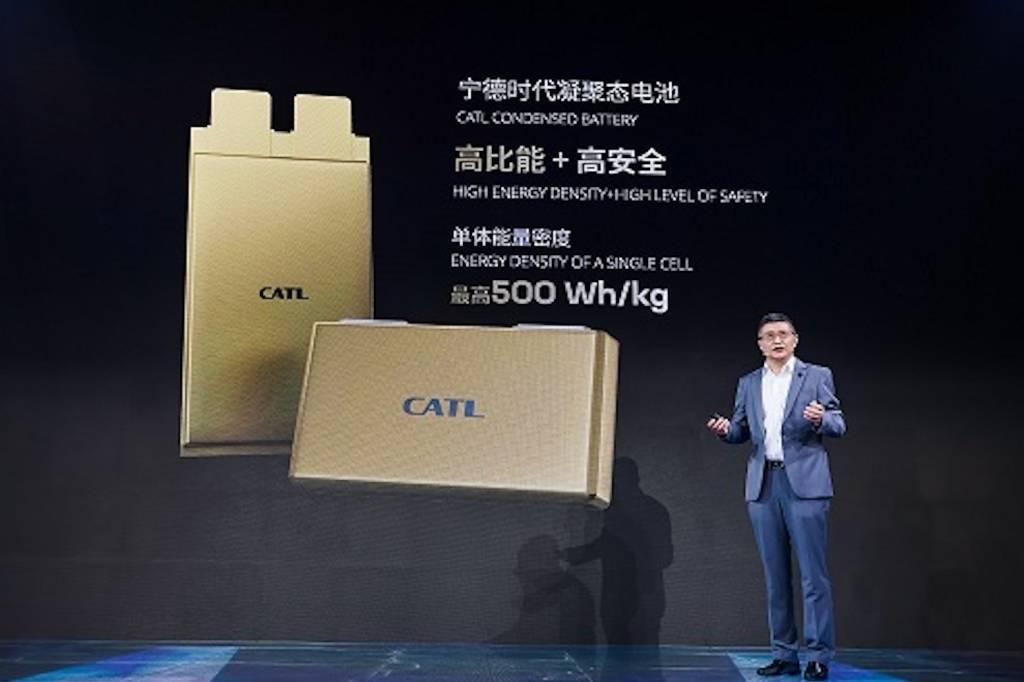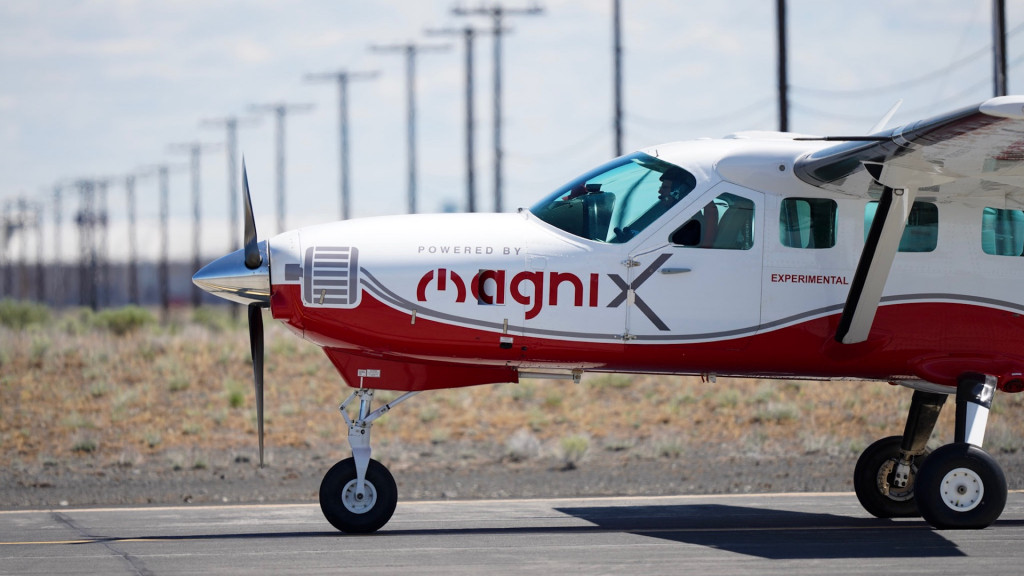China’s CATL, the world’s largest battery supplier by cell capacity made, is pushing for greater energy density in order to make electric passenger aircraft feasible.
The company on Wednesday unveiled a “condensed battery” with a claimed energy density of 500 watt-hours per kilogram that is due to enter mass production soon. That energy density—much greater than current EV batteries—allows for sufficient range without making a battery pack too big and heavy for aviation use.
To achieve this, CATL pulled out all the technological stops, employing “ultra-high energy density cathode materials, innovative anode materials, separators, and manufacturing processes,” according to a company press release. The tradeoff may be increased cost, as that was not mentioned in the release.

CATL unveils battery for electric aircraft
CATL said it is “working with partners in the development of electric passenger aircrafts” while following aviation-grade safety and quality standards. An automotive version of this battery tech is also planned at some point, according to the company.
Aviation is a significant source of carbon emissions, but reducing those emissions isn’t as straightforward as it is with terrestrial vehicles. Even much smaller electric aircraft, for commercial flights, remain a work in progress in part due to the limitations of current battery tech. Airbus is also bullish on the possibility of hydrogen fuel-cell tech to replace fossil fuel jet engines.

Electric Cessna Caravan (Photo by MagniX)
The extra energy-dense battery isn’t the only new tech CATL is pursuing. Earlier this week, the company announced its first production sodium-ion battery, to power EVs from Chinese brand Chery. CATL revealed its sodium-batteries in 2021, claiming the ability for an 80% charge in 15 minutes.
CATL has also been emphasizing its cell-to-pack tech as a means by which it can provide some of the highest energy density in production EVs. The first production vehicle to use this tech is the Zeekr 009 electric van, scheduled to start deliveries in China later this year.
The company this week also announced plans to make its battery production carbon neutral by 2035—well ahead of LG’s 2050 goal.

